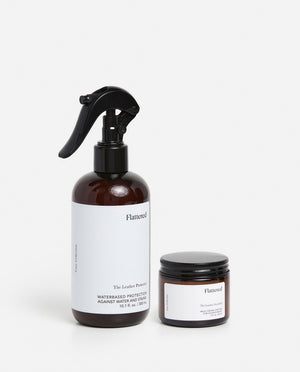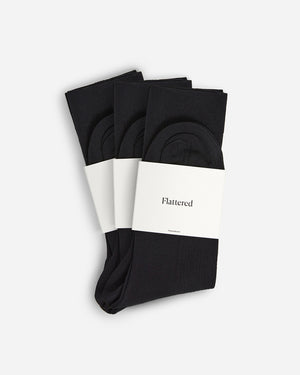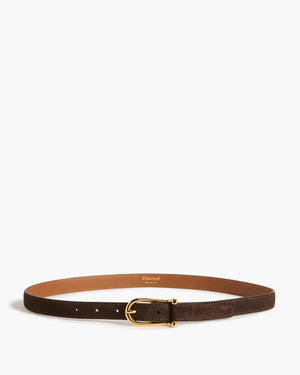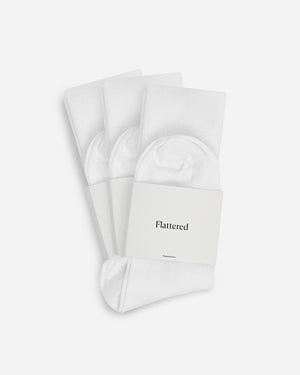Material Gude
Discover the essence of our craftsmanship through the materials we carefully select for our products. From sustainable textiles to premium leathers, we ensure transparency in our process, empowering customers to make informed choices while embracing our products’ timeless beauty.
Leather
Our leather comes from the tanned rawhides of animals – most commonly cows, goats, or sheep – and is a by-product of the meat industry. We have committed to never using exotic skins due to their unacceptable risks regarding animal welfare. All products with a reptile effect use cow leather embossed and printed to look similar to exotic skins. Leather is sensitive to damage – the softer the leather, the easier it may scratch. The tanning process is, therefore, essential – it preserves and strengthens the rawhide and makes it supple and more pliable to work with. Below, we try to explain the differences in tanning processes that affect both you, those working with the leather, and our environment.
Suede is made when the leather is split, removing the outer grain and leaving behind a soft inner surface with long fibres and a smooth, velvety feel. However, since the inside of the hide is not as durable as the outer grain, suede is more susceptible to scratches and staining.











